An Overview: Procuring Materials for Custom Plush Toys

The creation of custom plush toys is an art that combines creativity, design, and precise manufacturing processes. A critical component in this process is the choice and procurement of materials. Quality materials make a custom plush design or toy come to life, not just aesthetically but also functionally. Let’s explore the world of materials in the custom plush toy creation process.
A. The Importance of Materials in the Custom Plush Toy Creation Process
In the realm of custom plush toys, the choice of materials holds paramount importance. The chosen materials directly influence the end product’s durability, safety, comfort, and overall appeal. Whether it’s the fabric used to sew the outer body, the stuffing that provides the stuffed toy itself with its characteristic softness, or the embellishments like eyes, nose, and other accessories – each material plays a critical role.
Poor quality or inappropriate materials can lead to toys that wear out quickly, are unsafe for children, or simply don’t look or feel as good as they should. On the other hand, high-quality materials contribute to a plush toy that not only looks fantastic but also stands the test of time.
B. Understanding Different Material Types and Their Uses
Plush toys are a complex combination of various materials, each serving a specific purpose. Here are the main types:
Fabric: This is the outer material that people see and touch. It needs to be soft and pleasant to the touch but also durable. Popular choices include cotton, polyester, and plush fabrics.
Stuffing: The stuffing, or fill, gives the plush toy its volume and softness. Polyester fiberfill is commonly used due to its durability and cost-effectiveness. Other options include foam and bean bag fillers.
Thread: The thread used for sewing and embroidery must be strong enough to hold the toy together, even with rough handling. Cotton or polyester thread is commonly used.
Accessories: These include features like eyes, noses, and additional embellishments. They can be made from plastic, fabric, or even beads.
Packaging Materials: Finally, packaging materials ensure the toy’s safety during transport. Depending on the requirements, this might include boxes, bags, cushioning materials, and more.
Understanding these materials and their uses is the first step toward successful procurement for your custom plush toy project. Each material and fabric type has its own set of considerations regarding cost, quality, safety, and sourcing options, which we’ll delve into further in the following sections.
Materials Needed for Custom Plush Toys

Plush stuffed toys often require an array of materials to come to life. This section will delve into the specifics of the primary materials required – stuffing, fabric, and additional components.
A. Exploring Various Stuffing Options for Plush Toys
Stuffing gives a toy factory a plush toy, its form, and cuddliness. There are several types of stuffing, each with its pros and cons.
Polyester Fiberfill: This is the most common type of stuffing used for plush toys. It’s light, fluffy, and cheap. It also holds its shape well and is washable.
Bean Bag Fillers: These small plastic beads are used to fill bean bag chairs. They can also be used for plush toys to add weight and make them more huggable.
Old T-Shirts, Fabric Scraps, etc.: If you’re making a plush toy for personal use or a small-scale project, you can repurpose old clothes or fabric scraps as stuffing. It’s a cost-effective and eco-friendly option.
B. Fabric Types Suitable for Plush Toys
The fabric is the ‘skin’ of the stuffed animal of the plush toy, and as such, it needs to be soft, durable, and appealing to the touch. Here are some popular choices:
Cotton: Cotton is soft, durable, and breathable. It’s also easy to work with, which makes it a popular choice for DIY plush toys.
Polyester: Polyester is a synthetic material widely used in the toy industry. It’s durable, easy to clean, and comes in a variety of textures.
Plush Fabric: This is a super-soft fabric that’s perfect for cuddly toys. It’s a bit more expensive than cotton or polyester, but it’s worth it for the extra softness.
C. Additional Components: Embroidery, Accessories, etc.
In addition to fabric and stuffing, plush toys often feature other components such as:
Embroidery: Embroidery is used to add details like facial features or logos. You can either hand-embroider these details or use an embroidery machine.
Accessories: These include things like buttons for eyes, ribbons for collars, and so on. These add personality to the toy and make it more appealing.
Internal Structures: Some plush toys may contain internal structures like wireframes or plastic joints. These add flexibility and allow the toy to hold certain poses.
Choosing the right materials is a key step in creating high-quality custom plush toys. By understanding the properties and uses of each material type, you can make informed decisions that result in fantastic final products.
The Journey to Secure Materials: From Local Craft Stores to Factories

The procurement of materials is a crucial step in the custom plush toy manufacturing process. This journey may take you to different places, from local craft stores to large factories.
A. Navigating Different Procurement Sources
Finding the right sources to procure materials is vital. Here are some options:
Local Craft Stores: These are great places to find a variety of materials, especially if you are starting or working on a small-scale project. You can touch and feel the materials, allowing for a better assessment of their quality.
Online Marketplaces: Sites like Alibaba, Amazon, and eBay have a wide range of materials from various suppliers worldwide. They’re convenient and often competitively priced, but always check reviews to ensure you’re dealing with reputable sellers.
Direct from Factories: If you’re producing custom plush toys on a large scale, buying directly from factories can be the most cost-effective option. It allows for bulk purchases, which significantly reduces the unit price of the materials.
B. Evaluating Suppliers and Factories
The quality of your own plush animal toys and toys is largely dependent on the quality of the materials used. Thus, selecting the right suppliers or factories is crucial. Consider the following when evaluating potential suppliers:
Quality: Ensure the supplier consistently provides high-quality materials. Ask for samples, and consider conducting site visits for further assurance.
Price: Compare prices from different suppliers. While it’s important to keep costs low, remember that very cheap materials may compromise the quality of your toys.
Reliability: Check the supplier’s track record for reliability. Can they deliver on time and in the correct quantities? Delays or errors in delivery can disrupt your production schedule.
Ethical Standards: Verify that the supplier complies with ethical standards in their operations. This is particularly important if you’re sourcing materials from overseas.
Securing the right materials is just as important as having a great design for your custom plush toys. Take your time navigating different sources and evaluating potential suppliers to ensure you end up with materials that meet your needs and standards.
Cost Factors in Material Procurement
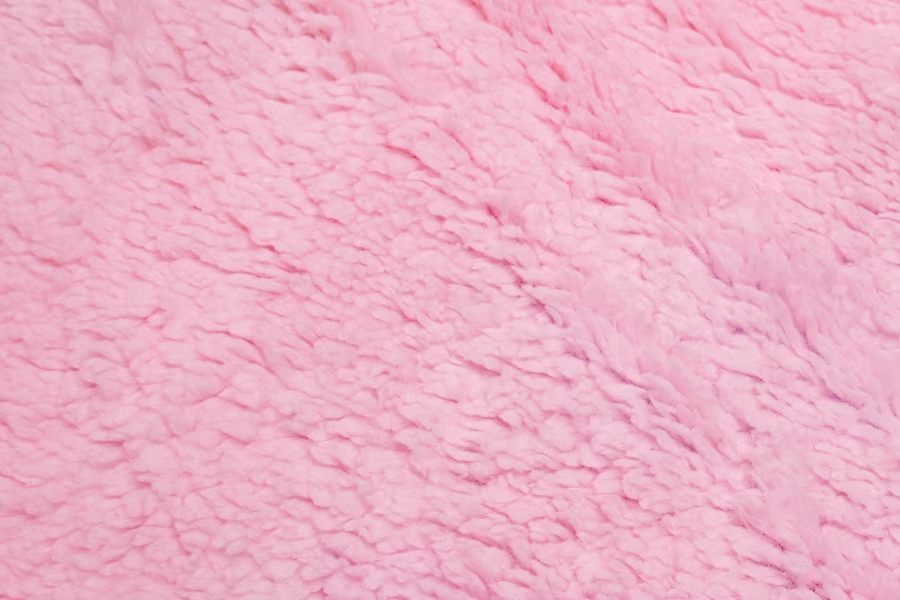
The cost of materials can significantly influence the final price of your custom plush toys. It’s crucial to understand how different factors affect these costs to plan effectively and maximize your budget.
A. Understanding How Material Type Affects Cost
Different materials come with varying price tags. For instance:
Fabric: The fabric forms the exterior of the plush toy. Its cost is determined by the type of fabric (cotton, fleece, Minky, etc.), the quality, and the complexity of the design. Specialty fabrics or those with complex designs or patterns may cost more.
Stuffing: The stuffing gives the plush toy its shape and softness. Common stuffing materials include polyester fiberfill, bean bag fillers, and silicone fiber. High-quality, hypoallergenic stuffing may be more expensive but will contribute to a more premium end product.
Additional Materials: Other materials, such as embroidery thread, accessories, plastic beads (used for weight), or large plastic eyes, also contribute to the total material cost.
B. The Role of Quantity in Cost Calculation
The quantity of materials you procure can also impact the cost. Generally, buying in bulk can lower the unit cost of materials due to economies of scale. However, it’s essential to balance this with the risk of overstocking or wastage.
Also, consider the minimum order quantities (MOQ) set by suppliers. Smaller orders may have a higher unit cost, while larger orders may qualify for discounts.
Understanding the cost factors in material procurement allows you to make informed decisions and balance quality and cost-effectively. Remember, while controlling costs is important, the quality of your materials should never be compromised as it directly affects the quality of your final product – the custom plush toy.
Material Quality and Its Impact on the End Product
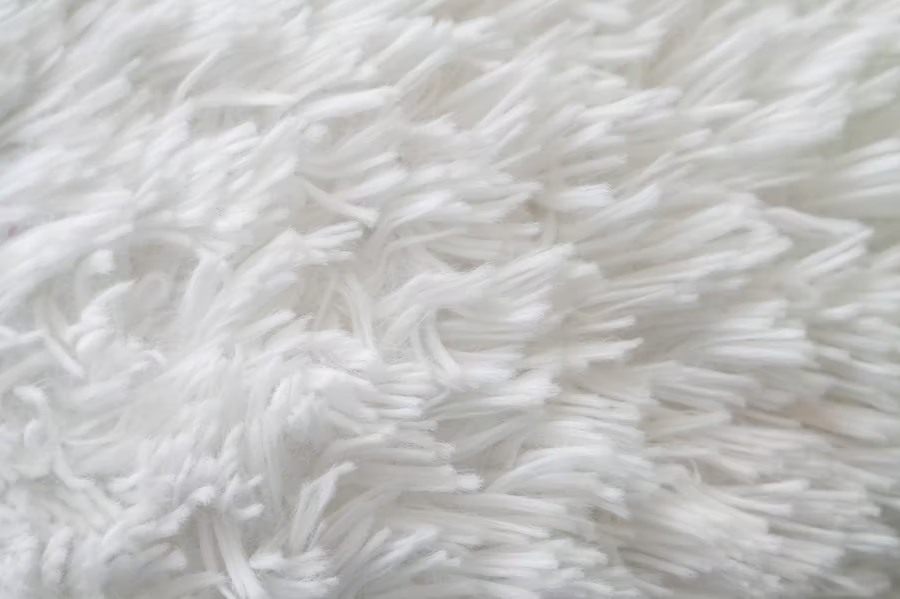
The quality of materials plays an instrumental role in determining the final quality, durability, and appeal of custom plush toys. High-quality materials can ensure a premium end product that stands the test of time.
A. The Importance of Material Quality for Durable Plush Toys
Material quality significantly affects your plush toy’s durability, safety, and even comfort level. For example, using high-grade, durable fabric can make your plush toy more resistant to wear and tear, maintaining its aesthetics and structural integrity for longer.
Stuffing material also plays a crucial role in shaping the comfort and feel of the toy. High-quality stuffing materials like polyester fiberfill or silicone fiber create a plush toy that is soft, fluffy, and cuddly. On the other hand, low-quality stuffing might lead to a lumpy or unevenly stuffed plush toy, cushioning stuffed toys that would be less comfortable to hold and cuddle.
Moreover, the safety of the end user, especially if they’re children, should always be the priority. Using non-toxic, hypoallergenic, and fire-resistant materials can ensure the toy’s safety.
B. Case Examples: Success and Failure Stories Related to Material Quality
Without breaching confidentiality, it’s possible to find both success and failure stories related to material quality in the industry.
For instance, some renowned plush toy manufacturers have built their reputation on their materials’ high quality and safety, leading to market-leading, beloved products.
On the other hand, there are cases where companies have faced backlash for using substandard or unsafe materials. This has sometimes led to product recalls, damaged reputations, and a significant financial toll.
Thus, investing in high-quality materials isn’t just about creating a superior product but also about safeguarding your brand’s reputation and customers’ trust.
Adherence to Safety and Compliance Standards
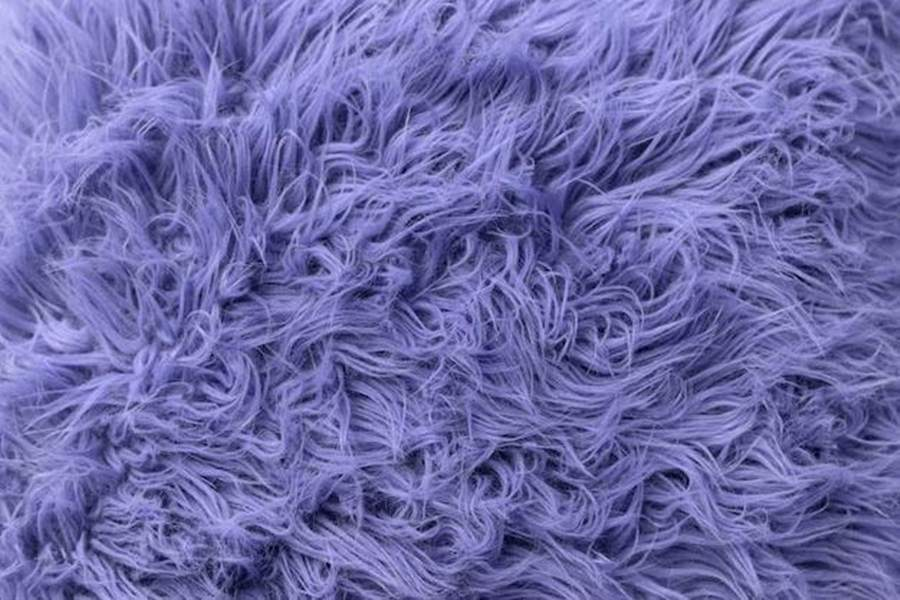
When procuring materials for custom plush toys, one of the vital aspects to consider is adherence to safety and compliance standards. These standards help ensure the safety of the end-users, particularly children, who are the primary users of plush toys.
A. Overview of Safety Standards for Toy Materials
Various international and national safety standards regulate the materials used in toy manufacturing. These standards often cover aspects such as mechanical and physical properties, flammability, chemical content, and labeling requirements.
For plush toys and stuffed animals, these standards stipulate that the materials used should be non-toxic and pose no risk of injury or harm. They also provide guidance on safe stuffing materials, secure attachment of small parts, and appropriate seam strength to prevent choking hazards.
Common safety standards include ASTM F963 in the United States, EN71 in Europe, and ISO 8124 internationally. It’s important for manufacturers to be familiar with the applicable standards in their region and for their target market.
B. The Role of Compliance in Choosing Materials
Ensuring that your stuffing plush animal toys and toy materials comply with safety standards is not only a legal requirement but also essential for maintaining the trust of your customers. Parents want to know that the toys they’re purchasing for their children are safe and won’t cause harm.
Using compliant materials can also prevent potential costly recalls, legal actions, and damage to your brand’s reputation. Therefore, when choosing suppliers and materials, check their certifications and test reports to ensure they meet the required safety standards. This proactive approach to compliance can save you a lot of trouble down the line.
Shipping and Logistics in Material Procurement
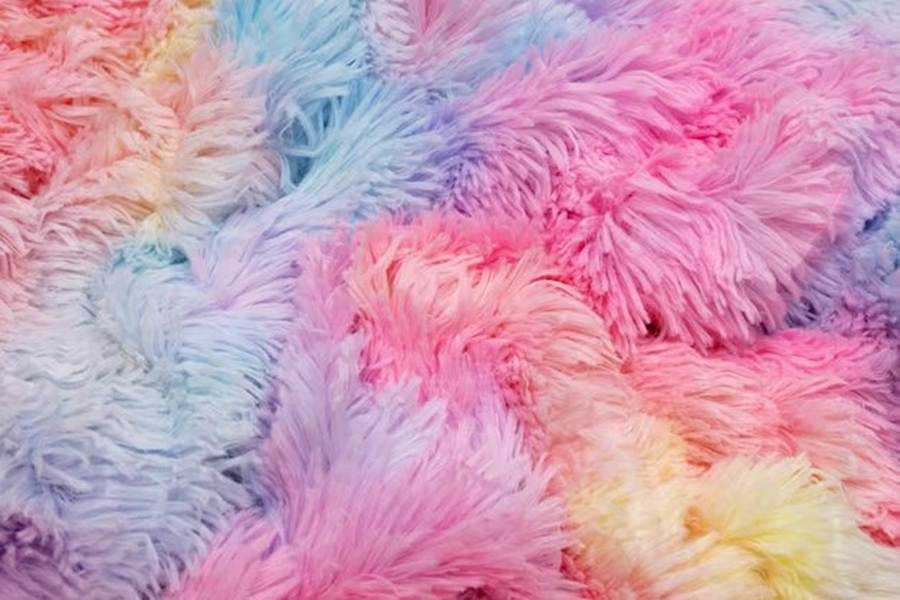
After successfully procuring the required materials for your custom plush toy, the next phase is ensuring that these materials arrive at the right place and at the right time. This is where shipping and logistics come into play.
A. The Shipping Process of Materials: From Supplier to Manufacturer
Once you’ve ordered your materials, your supplier will typically prepare them for shipping. This process can involve packaging the materials securely to prevent damage during transit, filling out necessary customs documentation for international shipments, and arranging pickup with a courier or shipping service.
The materials are transported from the supplier’s location to your manufacturing site. Depending on the distance and shipping method, this could involve multiple steps — transport by truck to a seaport, then by ship across the ocean, then by truck again to the final destination.
Throughout this process, it’s essential to track your shipment to know its status and estimated arrival time. Most shipping services provide tracking numbers that allow you to monitor your shipment’s progress online.
B. Factors Influencing Delivery Timeline of Materials
Several factors can influence the delivery timeline of your materials. These include:
Distance: Naturally, the farther the supplier is from your manufacturing location, the longer the shipping will take.
Shipping method: Different shipping methods (air, rail, or road) have different timelines. Air is typically the fastest but also the most expensive.
Customs procedures: Customs clearance can add to the shipping time for international shipments. Delays can occur if the necessary documentation isn’t provided or there are shipment issues.
External factors: Things like weather conditions, public holidays, or logistical issues can also delay shipping times.
Considering these factors and planning accordingly can help you ensure that you have the materials you need when you need them. This can, in turn, keep your plush toy manufacturing process running smoothly and efficiently.
Navigating Challenges in Material Procurement
The process of procuring materials for custom-made plush dolls and toys is not without its share of challenges. Recognizing these potential pitfalls and being prepared with strategies to navigate them can streamline the process and lead to better outcomes.
A. Common Challenges and Pitfalls in the Procurement Process
Here are some of the common challenges you might encounter in the procurement process:
Supplier reliability: Not all suppliers are created equal. Some might not deliver materials on time, while others may provide subpar-quality goods.
Cost fluctuations: The cost of materials can vary depending on a number of factors, including market demand, availability, and even geopolitical events. This can make budgeting difficult.
Communication issues: When dealing with international suppliers, language barriers and differing time zones can lead to misunderstandings and delays.
Customs and import regulations: If you’re sourcing materials from overseas, you’ll need to navigate customs processes and comply with import regulations, which can be complex and time-consuming.
B. Tips to Overcome These Challenges
While these challenges can seem daunting, there are strategies you can employ to mitigate them:
Build strong supplier relationships: Take the time to research and vet potential suppliers. Establish clear communication channels and expectations from the start.
Plan for cost fluctuations: Include some wiggle room in your budget to account for potential cost increases. Regularly review market trends to stay ahead of major price shifts.
Leverage technology: Use tools like translation apps to overcome language barriers and schedule calls or meetings at times that work for both parties to combat time zone differences.
Understand and comply with regulations: Do your homework to understand import regulations and customs processes. Consider hiring a customs broker or consultant to help if this is outside of your expertise.
By understanding potential challenges in the procurement process and implementing these strategies, you can ensure a smoother process that leads to high-quality custom plush toys.
The Joy of Creating a Quality Product: Material Procurement Success Stories
Creating a custom plush toy can be an incredibly rewarding experience. The materials you choose play a vital role in defining the quality, feel, and overall appeal of your customized plush toy. Let’s delve into some success stories that underscore the importance of smart and thoughtful material procurement.
A. Sharing Experiences of Successful Plush Toy Projects
The Small Business Triumph: Consider the story of a small startup that decided to venture into the world of custom plush toys. Initially, they faced many challenges, especially when it came to sourcing quality materials. However, through diligent research and building solid relationships with reliable suppliers, they were able to secure high-quality fabric and stuffing materials. Today, their plush toys are adored by customers for their softness, durability, and intricate design details.
The Home Entrepreneur Success: Another inspiring example is a home-based entrepreneur who started creating custom plushies as a hobby. She used her old T-shirts as fabric and filled them with polyester fiberfill. With her keen attention to material quality and creative design, her plushies quickly gained popularity. Today, she runs a successful Etsy store and ships her unique custom plushies worldwide.
B. Encouraging Readers to Start Their Own Plush Toy Journey with the Right Materials
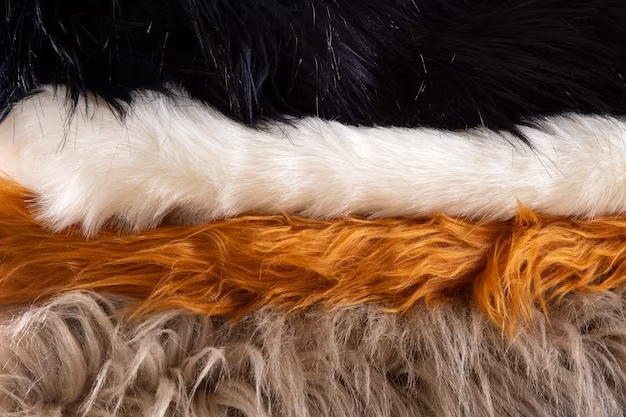
These success stories underline the importance of quality materials in the creation of box packaging for custom plush toys. The joy of seeing a character or design come to life in the form of a plush toy is immensely satisfying.
As you embark on your plush toy creation journey, remember that your choice of materials can significantly influence the final product. Pay close attention to material quality, ensure adherence to safety standards, and plan for a smooth procurement process. And remember, every bear plushie’s size and toy, irrespective of its size or design, starts with a single stitch and the right materials. So, get started on your plush toy journey and bring your dream plushie to life!

2 Responses